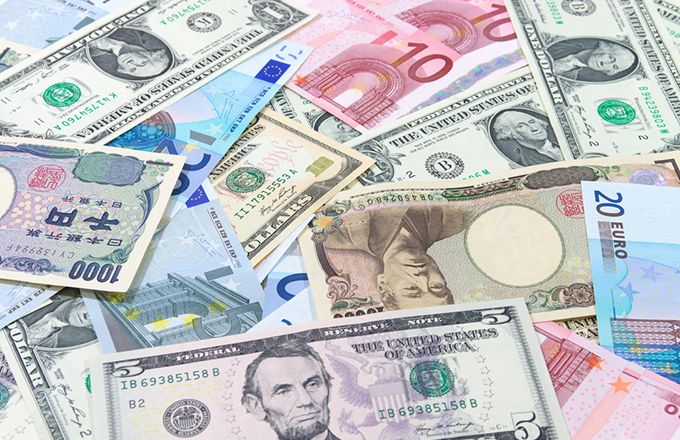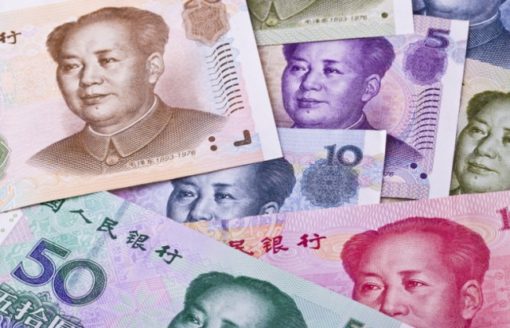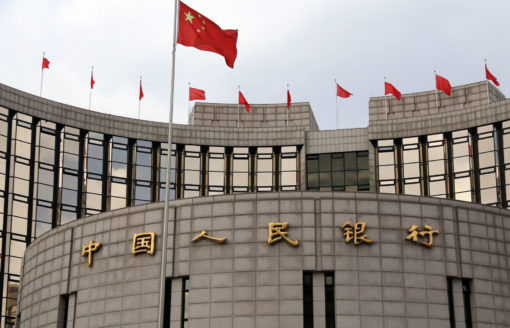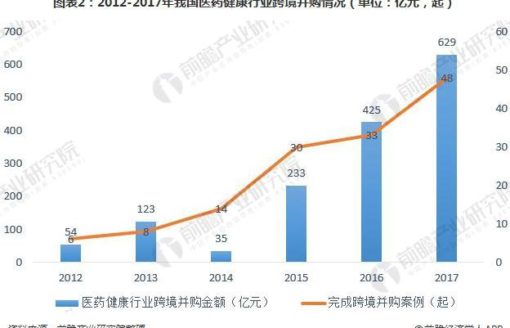In terms of cross-border payments, the U.S. dollar and euro remain the top-2 currencies used, significantly ahead the British pound and the Japanese yen, according to SWIFT, the interbank system for global transactions. Although Renminbi became the fifth widely used settlement currency in May 2018 versus the sixth place a year ago, its share was still modest, accounting for 1.88% of the total compared to 3.54% for the yen, which was ranked the fourth.
The view that renminbi will turn into a major settlement currency has been around for quite a while even before the global financial crisis (Carbaugh and Hedrick 2009, Salvatore 2011) on the basis of China’s persisted robust economic growth and increased share in international trade during the last decades. Indeed, international institutions are warming up to the Chinese currency. For instance, central banks in Europe revealed in January 2018 plans to hold renminbi as part of their foreign currency reserves. Moreover, Pakistan will use renminbi in its investment and bilateral trade with China instead of the U.S. dollar. Furthermore, following the inclusion of China’s big-cap A shares in its benchmark emerging markets index in June 2018, MSCI is now considering quadrupling their weighting in the index. Meanwhile, FTSE Russell has also recently announced that select Chinese stocks will be added to its global indexes.
However, strong controls by China over its financial system, in particular regulatory measures imposed on money outflows to stem excessive buying spree on real estate and other assets overseas has restricted renminbi from realizing its full potential for attaining the status of being an international currency, especially for the private sector.
The Chinese government has a lot of work to do if it wants renminbi to gain future traction at a meaningful pace in international payments.





China’s Renminbi